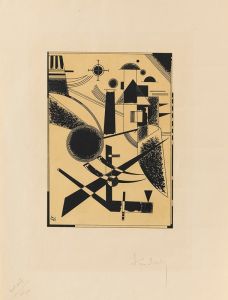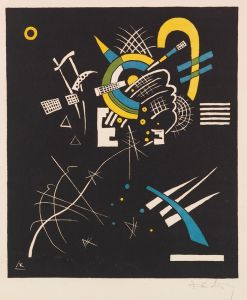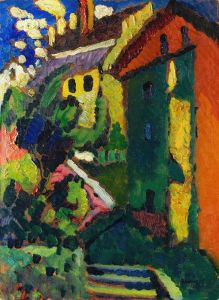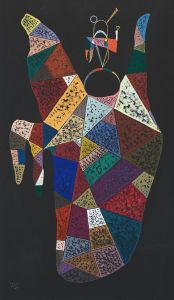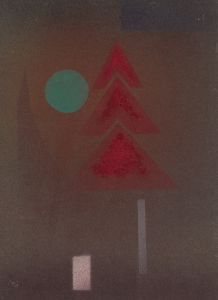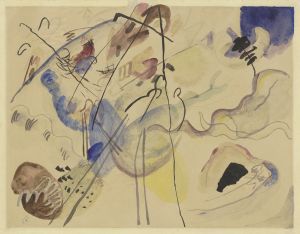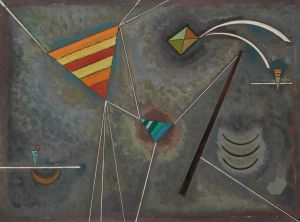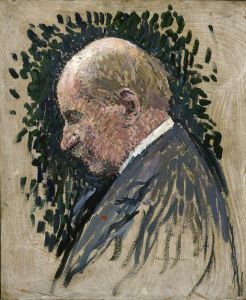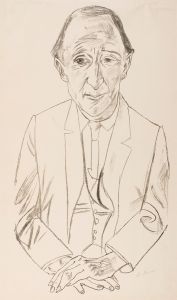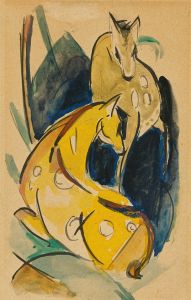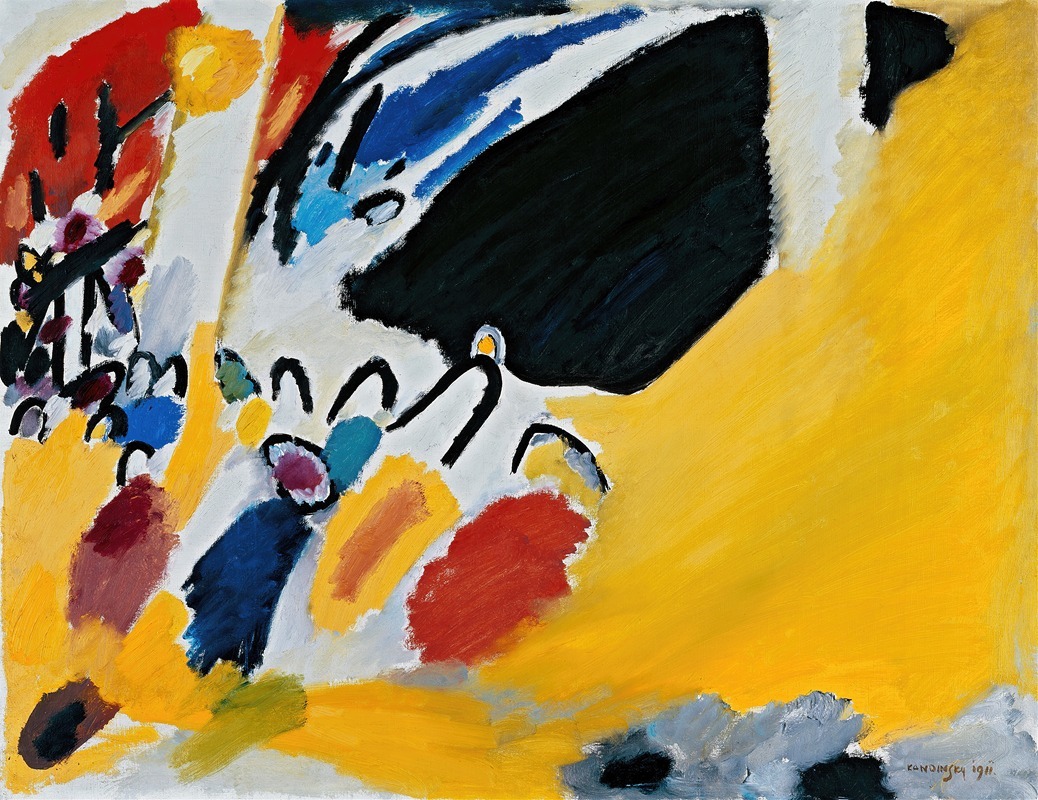
Impression III
A hand-painted replica of Wassily Kandinsky’s masterpiece Impression III, meticulously crafted by professional artists to capture the true essence of the original. Each piece is created with museum-quality canvas and rare mineral pigments, carefully painted by experienced artists with delicate brushstrokes and rich, layered colors to perfectly recreate the texture of the original artwork. Unlike machine-printed reproductions, this hand-painted version brings the painting to life, infused with the artist’s emotions and skill in every stroke. Whether for personal collection or home decoration, it instantly elevates the artistic atmosphere of any space.
Wassily Kandinsky's Impression III (Concert) is a significant work in the history of modern art, created in 1911. It is one of the key pieces in Kandinsky's transition from representational art to abstraction, a shift that would later define his career and influence the development of abstract art in the 20th century. The painting is part of a series Kandinsky titled "Impressions," which sought to capture the artist's immediate emotional response to external events or experiences.
Impression III was inspired by a concert Kandinsky attended in Munich, where the music of Austrian composer Arnold Schoenberg was performed. Schoenberg's atonal compositions had a profound impact on Kandinsky, reinforcing his belief in the parallels between music and visual art. Kandinsky sought to translate the emotional and spiritual resonance of music into visual form, using color, shape, and composition as his primary tools.
The painting is dominated by bold, dynamic forms and a striking use of color. A large black shape on the right side of the canvas is often interpreted as a representation of a piano or the concert setting, though Kandinsky's abstraction leaves room for multiple interpretations. The yellow background conveys a sense of energy and intensity, while other colors and shapes interact in a way that suggests movement and sound. Kandinsky's use of abstraction in this work reflects his desire to move beyond the literal depiction of objects and instead evoke the inner experience of the viewer.
Impression III was created during Kandinsky's time as a member of the Blue Rider (Der Blaue Reiter) group, an influential collective of artists based in Munich. The group, which included figures such as Franz Marc and August Macke, sought to explore spiritual and emotional expression in art, often drawing inspiration from music, folk art, and non-Western traditions. Kandinsky's work during this period was deeply informed by his theoretical writings, particularly his 1911 treatise Concerning the Spiritual in Art, in which he articulated his vision for a new, non-representational art form.
Today, Impression III (Concert) is housed in the Städtische Galerie im Lenbachhaus in Munich, Germany, which holds one of the most extensive collections of works by Kandinsky and other members of the Blue Rider group. The painting remains an important example of Kandinsky's early experiments with abstraction and his efforts to bridge the gap between music and visual art.






